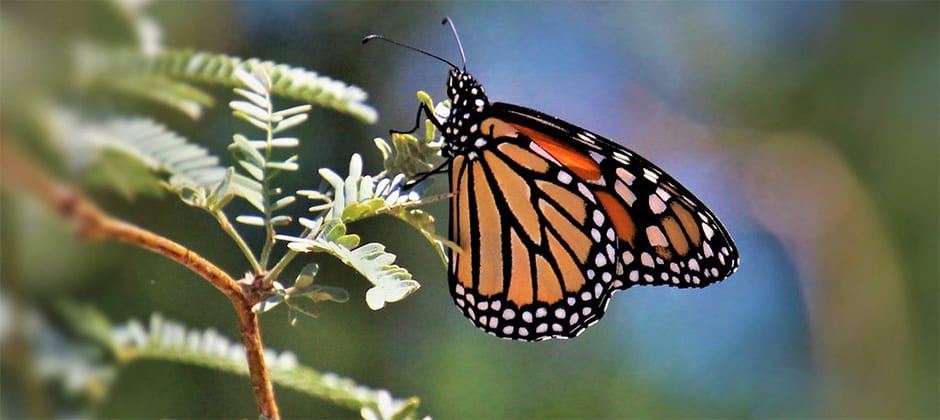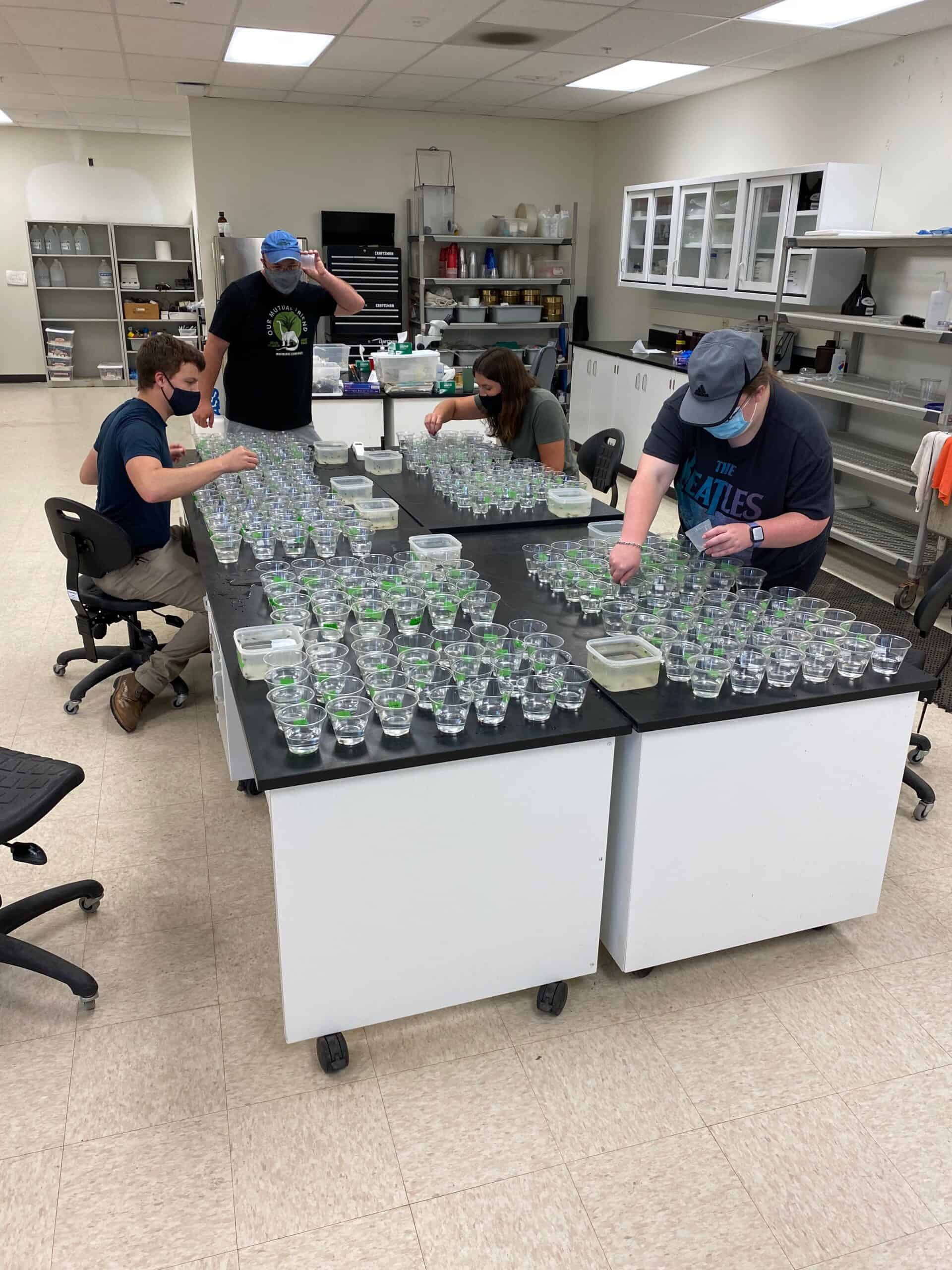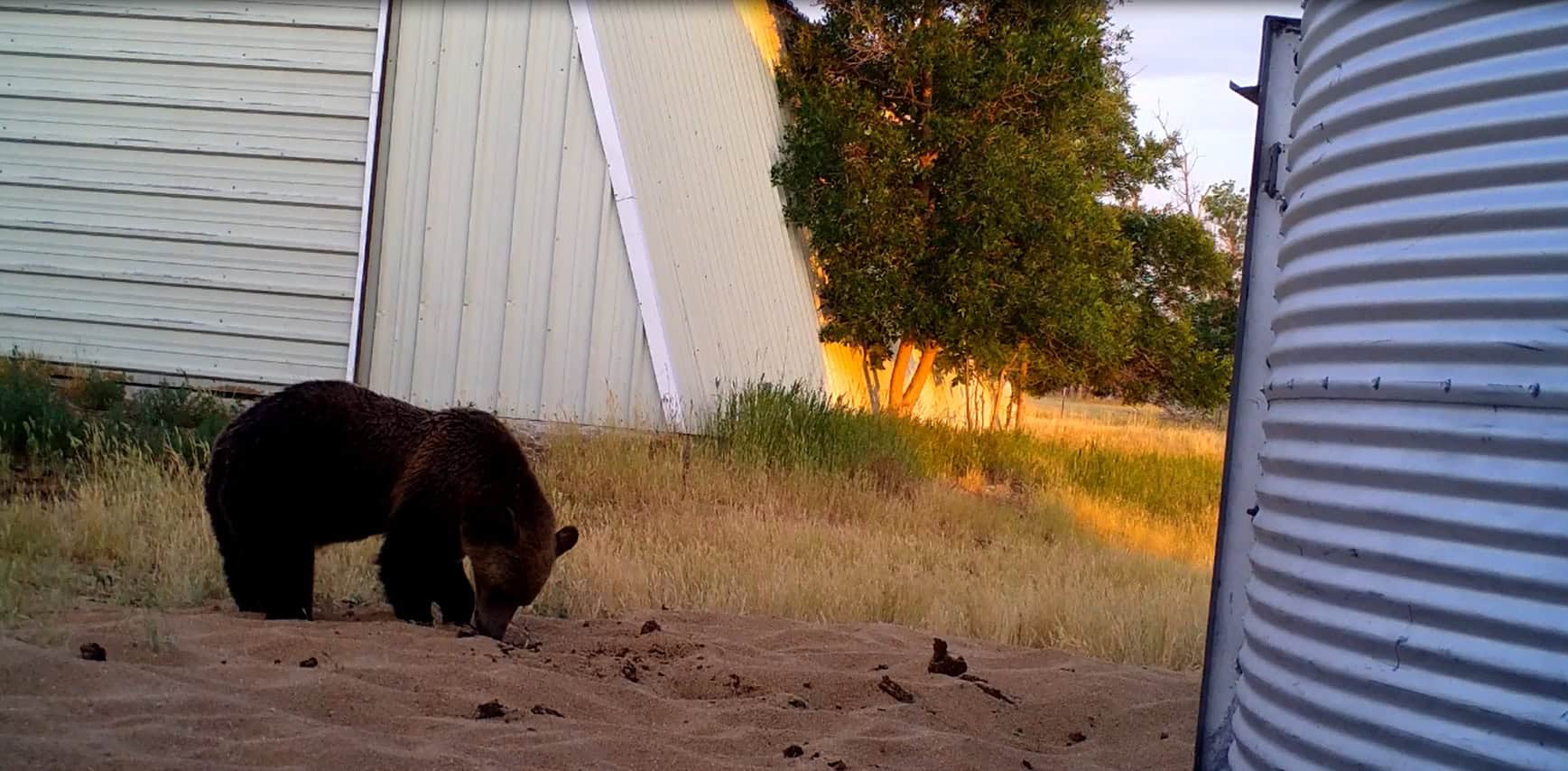Share this article
Captive-bred monarchs don’t migrate
When either breeders or eager citizens raise monarch butterflies, they may be raising individuals that can’t migrate, according to new research.
The idea to study the migration patterns of captive-bred monarchs (Danaus plexippus) came about when a student at the University of Chicago wanted to study the species, but she couldn’t find many wild monarch butterflies in the city. She thought about studying captive-bred ones — which are sometimes used for school projects or to be released at weddings — instead.
“Like a lot of science, it was very much an accident,” said Marcus Kronforst, an associate professor in the Department of Ecology and Evolution at the University of Chicago, and senior author on the study. “We decided we don’t know much about captive-bred monarchs so we decided to do some experiments with them.”
In the study published in the Proceedings of the National Academy of Sciences, Kronforst and his colleagues raised multiple generations of both wild-caught and captive-reared monarch butterflies. They kept both types outside in mesh cages, where they were exposed to the proper environmental conditions.
Then, they used an apparatus called a monarch flight simulator — a large, opaque tube that researchers tether butterflies in the middle of. Simulating migration, they tested whether the monarchs would fly south. They completed the experiment at the top of a tall campus building where the butterflies could see nothing but the sky at the top of the tube. During the summer, the monarchs flew in all different directions, which was expected because they’re not migrating, Kronforst said, but the fall is when any action should take place.
“Other people’s work showed monarchs use the sun to determine which direction is south when they navigate,” he said. However, the fall generation of captive-bred monarchs didn’t seem to fly south at all. Instead, while all of the wild-caught monarchs flew south, the captive-bred ones flew around the same way they did during summer, in all different directions.
Testing wild-caught butterflies raised indoors, they found these butterflies also didn’t fly south.
“Migration seems to be very fragile,” he said. “You need the right genetics and get the right environmental cues. If it’s off in some way, the butterflies won’t migrate.”
He suggests people raising monarchs at home should raise them outside as much as possible, and focus on raising local monarchs.
Header Image: Researchers recently found monarchs flew an average of 7.5 miles per hour. ©Renee Grayson








